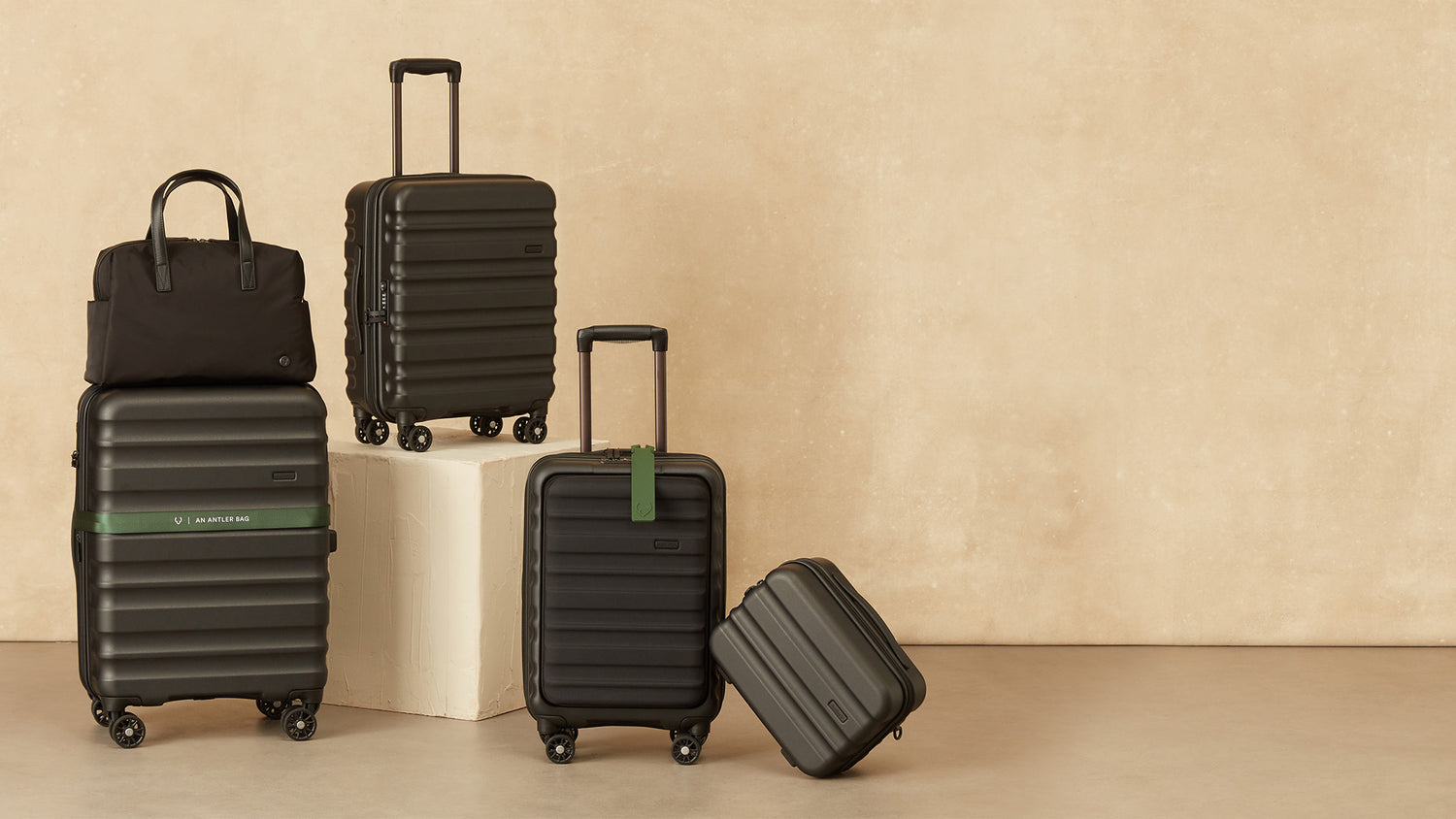

Articles
How To Store Travel Bags
Modified: December 7, 2023
Discover the best articles on how to store and organize your travel bags efficiently. Find helpful tips and tricks to maximize space and keep your luggage in top condition.
(Many of the links in this article redirect to a specific reviewed product. Your purchase of these products through affiliate links helps to generate commission for Storables.com, at no extra cost. Learn more)
Introduction
Traveling is an exhilarating experience that allows us to explore new destinations, embark on adventures, and create lasting memories. However, when we return home from our travels, we are often faced with the challenge of finding a suitable storage space for our travel bags.
Properly storing travel bags is crucial to ensure their longevity and to make room for future adventures. Whether you are storing backpacks, suitcases, or duffel bags, following the right techniques will help protect your bags from damage and keep them ready for your next trip.
In this article, we will guide you through the process of storing travel bags efficiently and effectively. By following these tips, you can maximize your storage space, protect your bags from dust and damage, and extend their lifespan.
Key Takeaways:
- Properly storing travel bags is essential for their longevity. Choose the right storage space, clean and prepare the bags, fold them properly, and utilize space-saving techniques to protect your bags from damage and maintain their condition.
- Regularly checking and maintaining your travel bags is crucial. Inspect for damage, repair minor issues, clean and condition the material, and ensure proper function of zippers and closures to extend the lifespan of your bags and keep them in top condition for future adventures.
Read also: 11 Best Travel Storage Bags For 2024
Choosing the Right Storage Space
When it comes to storing travel bags, the first step is to choose the right storage space. This will ensure that your bags are kept in a safe and suitable environment. Here are some factors to consider when selecting a storage space:
- Climate control: Look for a storage area that is climate-controlled to maintain a stable temperature and humidity level. This will prevent extreme temperature fluctuations or moisture buildup, which can damage the materials of your bags.
- Security: Opt for a storage facility that provides adequate security measures such as surveillance cameras, access control, and 24/7 monitoring. This will give you peace of mind knowing that your bags are safe and secure.
- Size: Determine the amount of space you need to store your bags. Consider the number of bags you have and their sizes. Measure the dimensions of the storage space to ensure that it will accommodate your bags comfortably.
- Accessibility: Choose a storage space that allows easy access to your bags whenever you need them. This will ensure convenience when you want to retrieve or organize your bags before your next trip.
- Location: Consider the proximity of the storage space to your home or workplace. Opt for a location that is convenient for you to visit regularly, especially if you need to access your bags frequently.
By carefully considering these factors, you can select the ideal storage space that meets your needs and ensures the safety and longevity of your travel bags.
Cleaning and Preparing the Bags
Before storing your travel bags, it’s essential to clean and prepare them properly. Here are some steps you can follow to ensure your bags are in optimal condition for storage:
- Empty and inspect: Empty out your bags and remove any items or debris from the pockets and compartments. Inspect the bags for any damage or stains that may need special attention.
- Clean the exterior: Use a gentle cleaner suitable for the bag’s material, such as mild soap and water or a specialized cleaner. Wipe down the exterior of the bag with a soft cloth or sponge, paying attention to any dirty or stained areas.
- Clean the interior: Remove the lining (if possible) and clean it separately according to the manufacturer’s instructions. Vacuum or wipe down the interior of the bag to remove any dust or crumbs.
- Dry thoroughly: Ensure that your bags are completely dry before storing them. Wipe off any excess moisture with a dry cloth and allow them to air dry in a well-ventilated area.
- Condition if necessary: If you have leather or fabric bags, you may want to apply a conditioner or protectant to help maintain and preserve their quality. Follow the instructions on the product and apply it evenly on the surface of the bag.
By cleaning and preparing your bags before storage, you remove any dirt, prevent musty odors, and reduce the risk of mold or mildew growth. It’s a crucial step in maintaining the overall condition of your bags.
Folding the Bags Properly
Properly folding your travel bags is essential to save space and prevent unnecessary wrinkles or creases in the material. Here are some tips to help you fold your bags properly:
- Empty the bags: Make sure your bags are empty before folding them. Remove any items or belongings from the pockets and compartments.
- Flatten the bag: Lay the bag flat on a clean and level surface. Smooth out any bulges or wrinkles in the material.
- Remove air: Squeeze out any excess air from the bag by pressing down on it gently. This will help reduce its overall volume and make folding easier.
- Start with handles and straps: If your bag has handles or straps, secure them in place or fold them down neatly. This will prevent them from getting tangled or damaged during storage.
- Follow the natural shape: Fold the bag along the natural lines or seams. Use the existing creases as a guide to ensure a neat and uniform fold.
- Avoid sharp folds: Try to avoid folding the bag at sharp angles or creating creases in the material. This will help prevent long-lasting wrinkles or potential damage to the fabric.
- Stack or roll: Depending on the size and shape of your bags, you can choose to either stack them neatly or roll them to save space. Stacking works well for rigid or structured bags, while rolling is ideal for soft-sided or collapsible bags.
Remember to take your time and be gentle when folding your bags. Rushing or applying excessive force can cause unnecessary stress on the bag’s material or hardware. By folding them properly, you maximize storage space and keep your bags in excellent condition for future use.
Utilizing Space-Saving Techniques
When it comes to storing travel bags, maximizing space is key. Implementing space-saving techniques will not only help you efficiently store your bags but also create more room for other belongings. Here are some techniques to help you make the most of your storage space:
- Use compression bags: Compression bags are a great tool to save space. Place your folded bags inside these airtight bags and use a vacuum or manual compression to remove excess air. This will significantly reduce the volume of your bags and create more space in your storage area.
- Nest smaller bags inside larger ones: If you have multiple bags of different sizes, nest the smaller ones inside the larger ones. This will help save space and keep your bags organized.
- Utilize vertical space: Stack your bags vertically rather than horizontally to maximize storage height. This allows you to fit more bags in a smaller area.
- Invest in storage organizers: Consider using storage organizers such as shelves, hooks, or hanging compartments specifically designed for bags. These organizers help keep your bags neatly arranged and easily accessible.
- Utilize under-bed storage: Take advantage of the space under your bed by using low-profile storage containers or specialized under-bed storage bags. These are ideal for storing smaller bags or bags that you don’t need to access frequently.
- Rotate seasonal bags: If you have travel bags specifically designated for certain seasons or types of trips, consider rotating them. Store the bags that are currently out of season or not in use to create more space for the bags you need.
- Make use of wall space: Install hooks or hanging rods on your walls to hang bags vertically. This not only saves space but also serves as a decorative display for your bags.
By implementing these space-saving techniques, you can efficiently store your travel bags and maximize the available storage space in your home or storage area.
Read more: How To Store Jewelry For Travel
Using Protective Covers
Protecting your travel bags from dust, moisture, and potential damage is essential for maintaining their condition during storage. One effective way to safeguard your bags is by using protective covers. Here’s why and how you should use them:
Benefits of protective covers:
- Dust protection: Protective covers shield your bags from accumulating dust, which can lead to discoloration and unpleasant odors.
- Moisture prevention: Covers act as a barrier against moisture, preventing mold, mildew, and musty smells from developing on your bags.
- Scratch and abrasion resistance: Covers provide an additional layer of protection against scratches, scuffs, or abrasions that may occur during storage or handling.
- Sunlight and UV protection: Some covers offer UV protection, shielding your bags from harmful sun rays that can cause fading or damage to the fabric.
Steps to using protective covers:
- Choose the right size: Select covers that are appropriate for the size and shape of your travel bags. Ensure that they fit snugly without causing unnecessary strain or stretching.
- Clean and dry bags: Before placing your bags in covers, make sure they are clean and dry. This will prevent any trapped moisture or dirt from causing damage while in storage.
- Secure zippers or closures: If your covers have zippers or closures, ensure they are securely fastened to provide full protection to your bags.
- Place bags inside covers: Carefully slide each bag into its respective cover, ensuring it is fully enclosed and properly aligned.
- Seal or tie covers: If your covers have ties or straps, secure them tightly to keep the bags protected and free from dust or moisture.
- Label or tag: Consider labeling or tagging your covered bags to easily identify them when needed. This can help you locate specific bags without having to uncover and search through all your stored items.
Using protective covers is a simple yet effective measure to safeguard your travel bags from various elements that can potentially damage them. Invest in high-quality covers to ensure maximum protection and longevity for your bags.
When storing travel bags, make sure to clean and dry them thoroughly before storing to prevent mold and mildew. Use a breathable storage bag or cover to protect them from dust and moisture. Avoid storing them in direct sunlight or extreme temperatures.
Storing Bags in a Dry Environment
Creating a dry environment for storing your travel bags is crucial to prevent moisture-related issues such as mold, mildew, and musty odors. Here are some tips to ensure a dry storage environment for your bags:
- Choose a dry storage area: Select a storage space that is dry and free from excessive humidity. Avoid areas prone to moisture, such as basements or areas with water leaks.
- Use moisture absorbers: Place moisture-absorbing products, such as silica gel packets, inside your storage area. These help to absorb excess moisture and maintain a dry environment.
- Proper ventilation: Ensure there is adequate ventilation in your storage area to promote air circulation and prevent the buildup of humidity. Open windows or use fans if necessary.
- Avoid direct contact with the floor: Place your bags on pallets, shelves, or raised platforms to prevent them from coming into direct contact with the floor. This helps to minimize the risk of moisture transfer from the ground.
- Avoid plastic bags or covers: While using protective covers is recommended, avoid using plastic bags or covers that do not allow airflow. These can trap moisture and cause condensation, leading to dampness and mold growth.
- Monitor humidity levels: Use a hygrometer to monitor the humidity levels in your storage area. Aim for a relative humidity level below 50% to ensure a dry environment.
- Inspect for signs of moisture: Regularly check your storage area and bags for any signs of moisture or mold. If you notice any issues, take immediate action to address the problem and prevent further damage.
By storing your travel bags in a dry environment, you can protect them from moisture-related issues and ensure they remain in excellent condition until your next adventure.
Organizing Bags by Type or Size
Organizing your travel bags by type or size is an efficient way to keep your storage area tidy and easily locate specific bags when needed. Here are some tips for organizing your bags:
- Categorize by type: Group your bags together based on their type, such as backpacks, suitcases, duffel bags, or carry-on bags. This categorization allows for quick identification and ensures that similar bags are stored together.
- Arrange by size: Within each type category, arrange the bags by size. Start with the largest bags at the bottom or back of the storage space and progressively stack or place smaller bags on top or in front.
- Label or tag: Attach labels or tags to each bag or storage container, indicating the bag’s type, size, or contents. This makes it easier to locate a specific bag without having to search through all your stored items.
- Separate seasonal bags: If you have travel bags specifically designated for certain seasons or types of trips, separate them from your everyday bags. Consider storing seasonal bags in a separate area or container to keep them organized and easily accessible.
- Use bins or dividers: Utilize storage bins or dividers to keep bags separated and prevent them from shifting or collapsing onto each other. This helps to maintain the organization and stability of your storage space.
- Create sections or zones: Designate specific sections or zones in your storage area for different types or sizes of bags. This creates a systematic organization system that makes it easier to find and retrieve the bags you need.
- Maintain an inventory list: Consider maintaining an inventory list of all your stored bags. Include details such as bag type, size, color, and any special features. This list can help you keep track of your bags and ensure nothing gets misplaced or forgotten.
By organizing your travel bags by type or size, you can maintain a well-structured storage area and easily locate the bags you need for your next adventure. This organization system also helps protect your bags from unnecessary wear and tear during storage.
Preventing Damage during Storage
Properly storing your travel bags is essential to prevent damage and maintain their quality for future use. Here are some tips to help prevent damage during storage:
- Avoid overpacking: Before storing your bags, remove any unnecessary items or belongings. Overpacking can put extra strain on the bag’s material, zippers, and seams, potentially causing damage.
- Avoid stacking heavy items on top: When placing your bags in storage, avoid stacking heavy items on top of them. Excessive weight can deform the bags or cause unnecessary pressure on fragile components.
- Store bags in an upright position: Whenever possible, store your bags in an upright position. This helps maintain their shape and prevents them from getting crushed or misshapen.
- Avoid sharp objects: Make sure to store your bags away from sharp objects or edges that could puncture or tear the material. Protect the bags by placing them in cushioned or padded areas of your storage space.
- Avoid extreme temperatures: Keep your bags away from areas with extreme temperatures, such as attics or garages. Extreme heat can cause materials to warp or melt, while extreme cold can make the bags brittle and prone to cracking.
- Protect hardware: If your bags have metal hardware, such as zippers, buckles, or wheels, protect them from scratches or damage by wrapping them in cloth or bubble wrap. This prevents them from coming into direct contact with other items in storage.
- Regularly inspect for pests: Periodically check your storage area and bags for any signs of pests, such as insects or rodents. Take necessary measures to eliminate pests and protect your bags from potential damage.
By following these preventive measures, you can keep your travel bags in excellent condition during storage. This ensures that they are ready for your next adventure without the need for extensive cleaning or repairs.
Read more: How To Store A Toothbrush For Travel
Regularly Checking and Maintaining Bags
Maintaining your travel bags on a regular basis is essential to ensure their longevity and readiness for future trips. Here are some tips for checking and maintaining your bags:
- Inspect for damage: Regularly inspect your bags for any signs of damage, such as tears, loose threads, or broken hardware. Address any issues promptly to prevent further damage.
- Repair minor damages: If you come across minor damages, such as small tears or loose stitches, consider repairing them yourself or taking them to a professional repair service. This helps prevent the damage from worsening over time.
- Clean as needed: Keep your bags clean by wiping them down and removing any dirt or stains. Follow the manufacturer’s instructions for cleaning, and avoid using harsh chemicals that may damage the material.
- Condition the material: Depending on the material of your bags, consider conditioning them to keep them soft, supple, and protected. Use appropriate leather conditioners, fabric sprays, or waterproofing agents to maintain the quality of the material.
- Check zippers and closures: Inspect the zippers, closures, and other fastening mechanisms of your bags. Ensure they are functioning properly, lubricating them if necessary. Replace any damaged or faulty components to avoid issues during your next trip.
- Protect from fading: If your bags are exposed to direct sunlight, consider using UV protectant sprays or storing them in areas with minimal sunlight exposure. This helps prevent fading and damage to the colors and materials.
- Rotate usage: If you have multiple travel bags, consider rotating their usage. This prevents one bag from experiencing constant wear and tear, spreading the usage across all your bags evenly.
- Properly store when not in use: When you return from a trip, make sure to clean, fold, and store your bags properly. Follow the tips provided in this article to ensure they are protected during storage.
- Use bags regularly: Even when you are not traveling, it’s good practice to use your travel bags occasionally. This helps prevent the materials from becoming stiff or developing permanent creases.
Regularly checking and maintaining your travel bags will extend their lifespan and ensure they are in top condition for your next adventure. By implementing these maintenance practices, you can enjoy your bags for years to come.
Conclusion
Properly storing your travel bags is essential to protect them from damage and ensure their longevity. By following the tips and techniques outlined in this article, you can efficiently store your bags, maximize space, and keep them in excellent condition for future trips.
Choosing the right storage space, cleaning and preparing the bags, folding them properly, and utilizing space-saving techniques are crucial steps in the storage process. Additionally, using protective covers, storing bags in a dry environment, organizing them by type or size, and preventing damage during storage are key factors in maintaining the integrity of your bags.
Regularly checking and maintaining your bags, including inspections for damage, repairing minor issues, cleaning as needed, and ensuring proper function of zippers and closures, will help prolong the life of your bags and keep them ready for your next adventure.
Remember to store your bags in a clean, dry, and secure environment, and utilize the available space efficiently. By taking these steps, you can protect your travel bags from dust, moisture, pests, and other potential hazards, allowing you to embark on your next journey with peace of mind.
So, the next time you return from a trip, don’t just toss your travel bags aside. Show them the care and attention they deserve by storing them properly. Your bags will thank you by staying in excellent condition and being ready to accompany you on many more incredible adventures.
Frequently Asked Questions about How To Store Travel Bags
Was this page helpful?
At Storables.com, we guarantee accurate and reliable information. Our content, validated by Expert Board Contributors, is crafted following stringent Editorial Policies. We're committed to providing you with well-researched, expert-backed insights for all your informational needs.
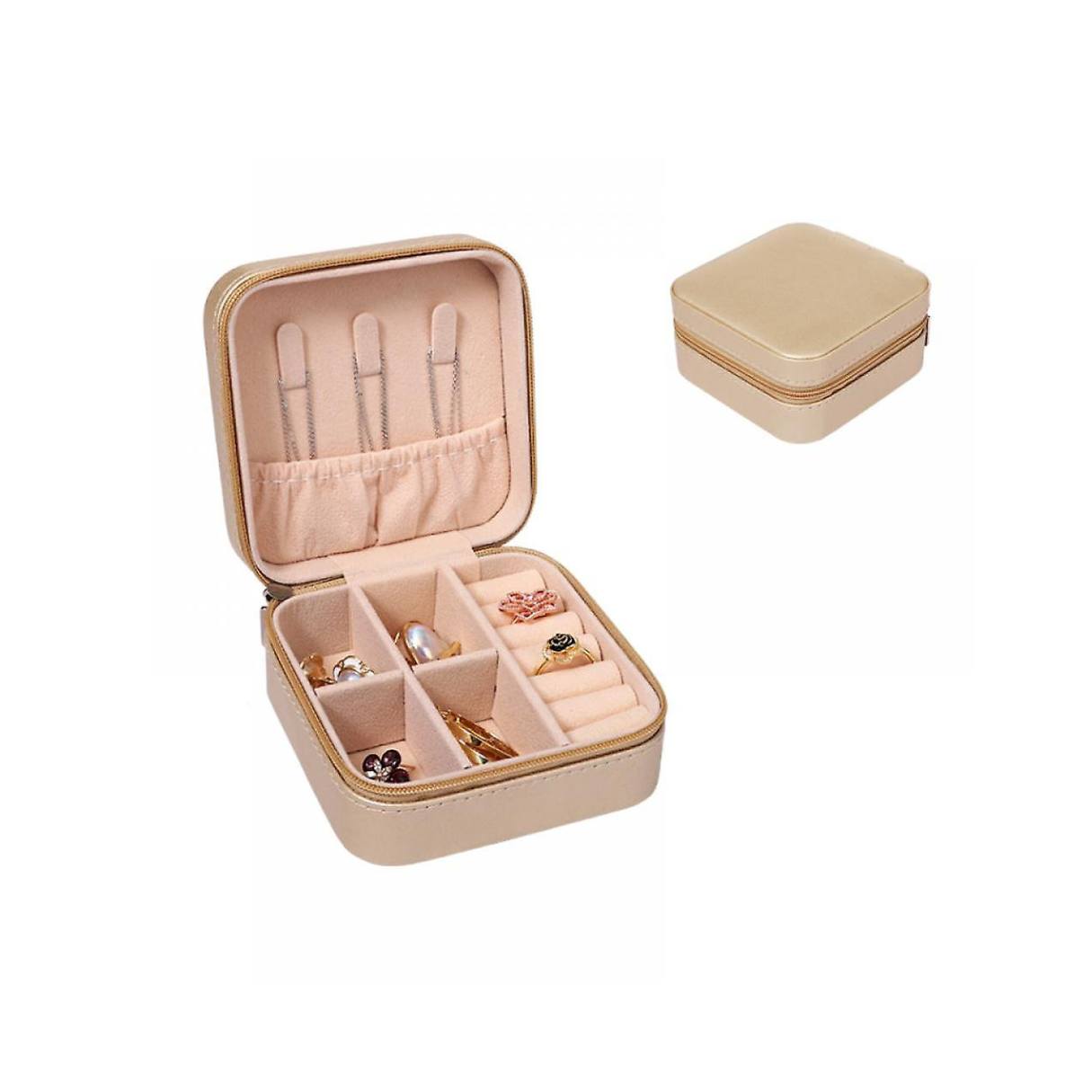

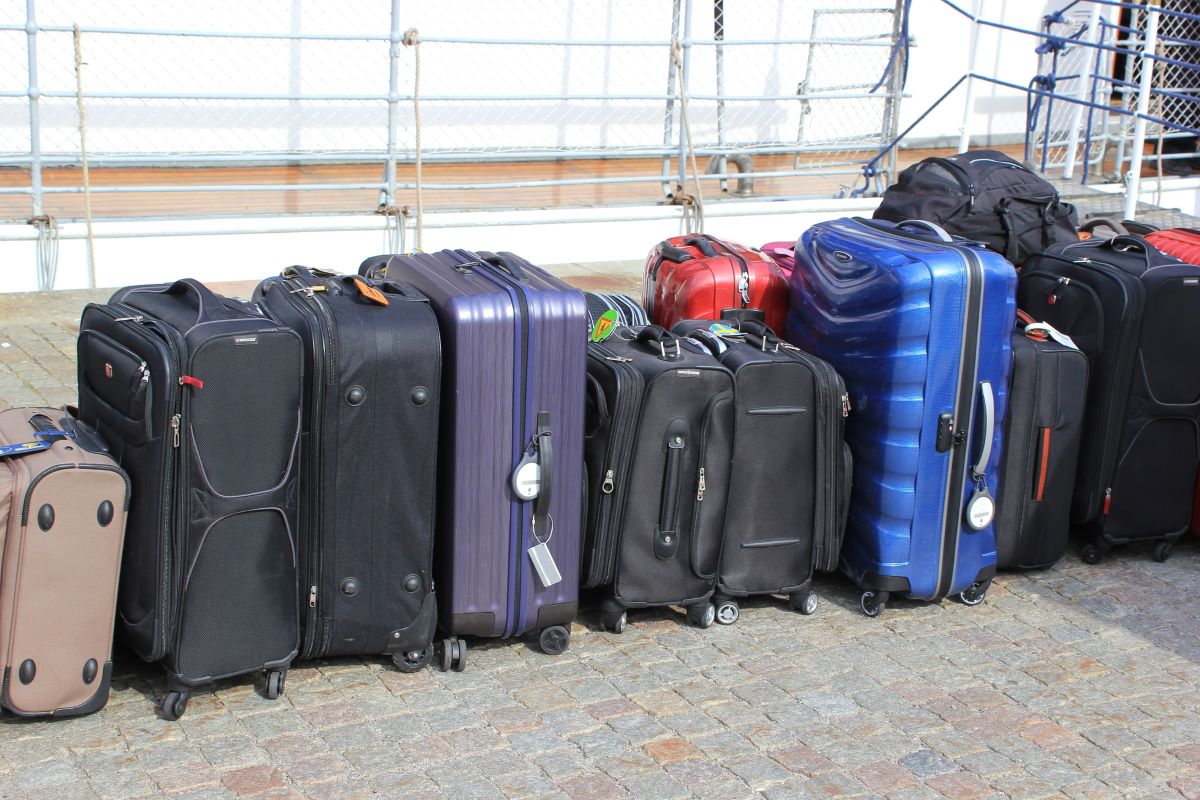
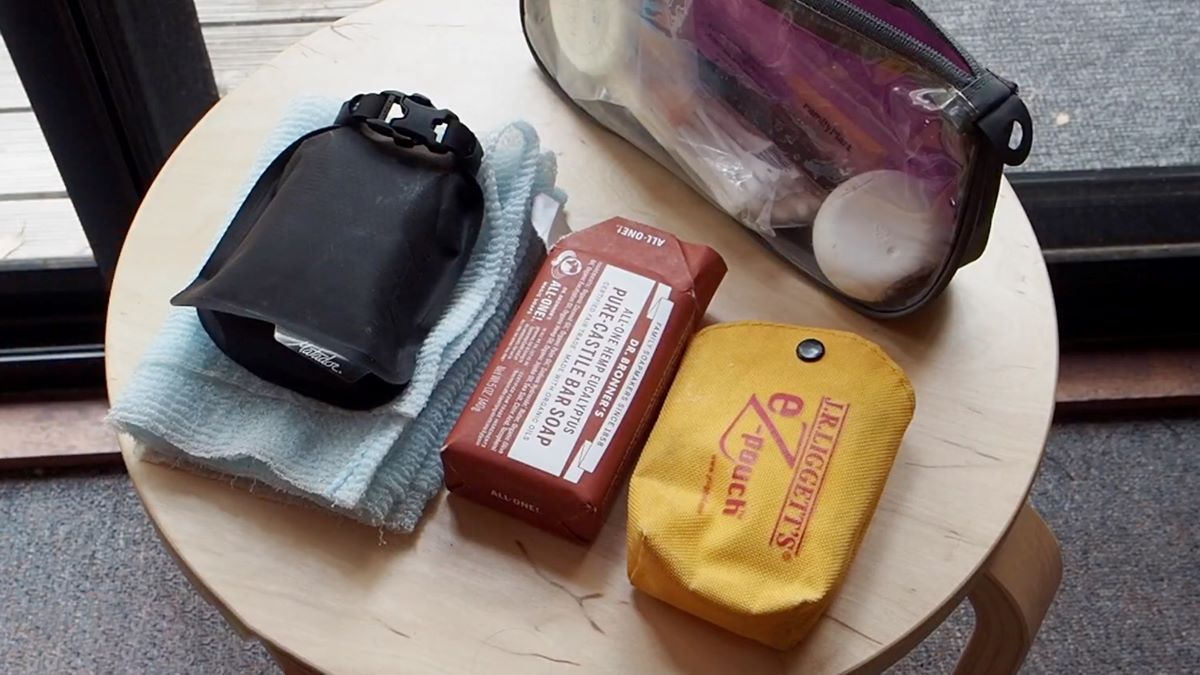

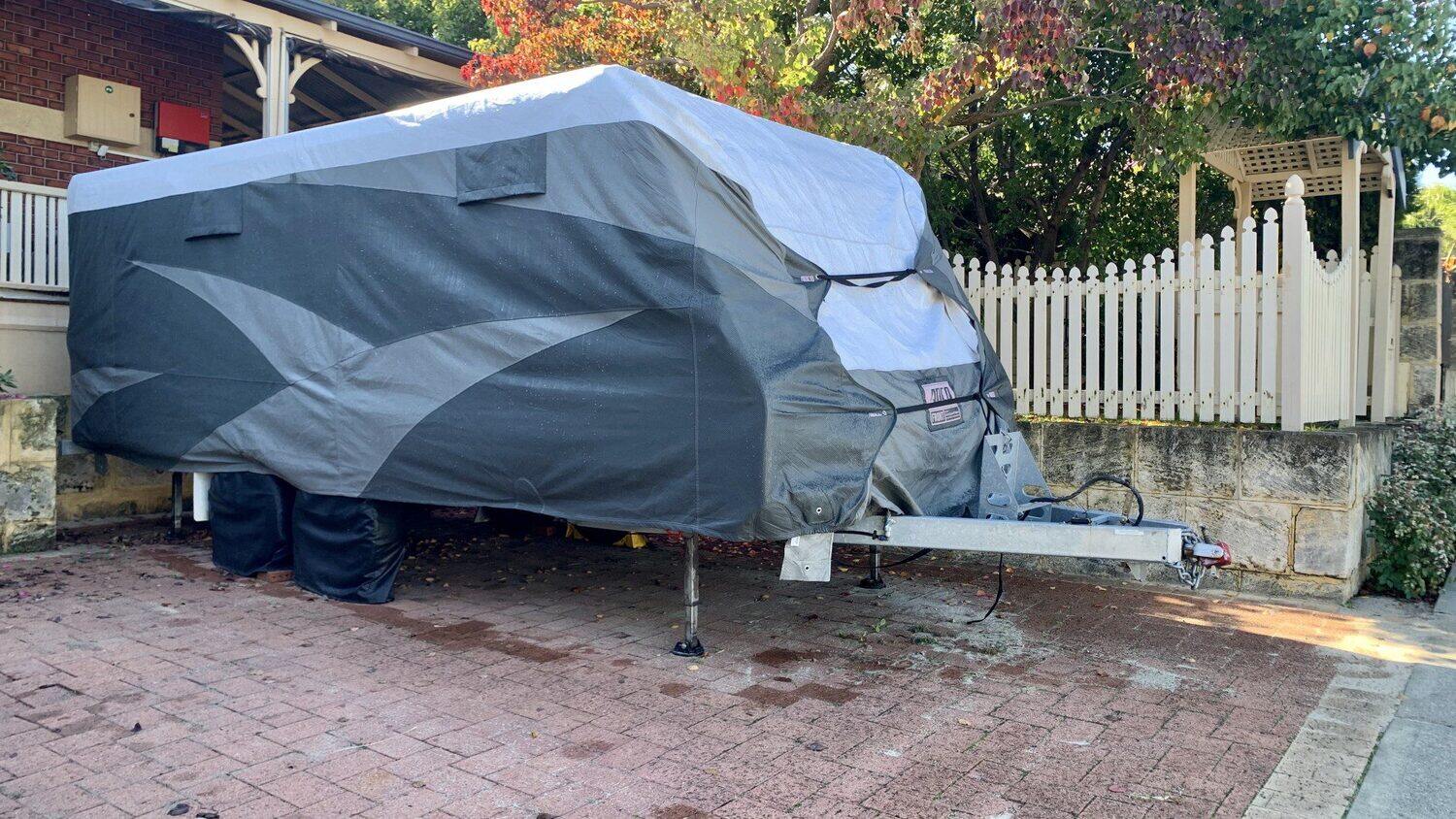


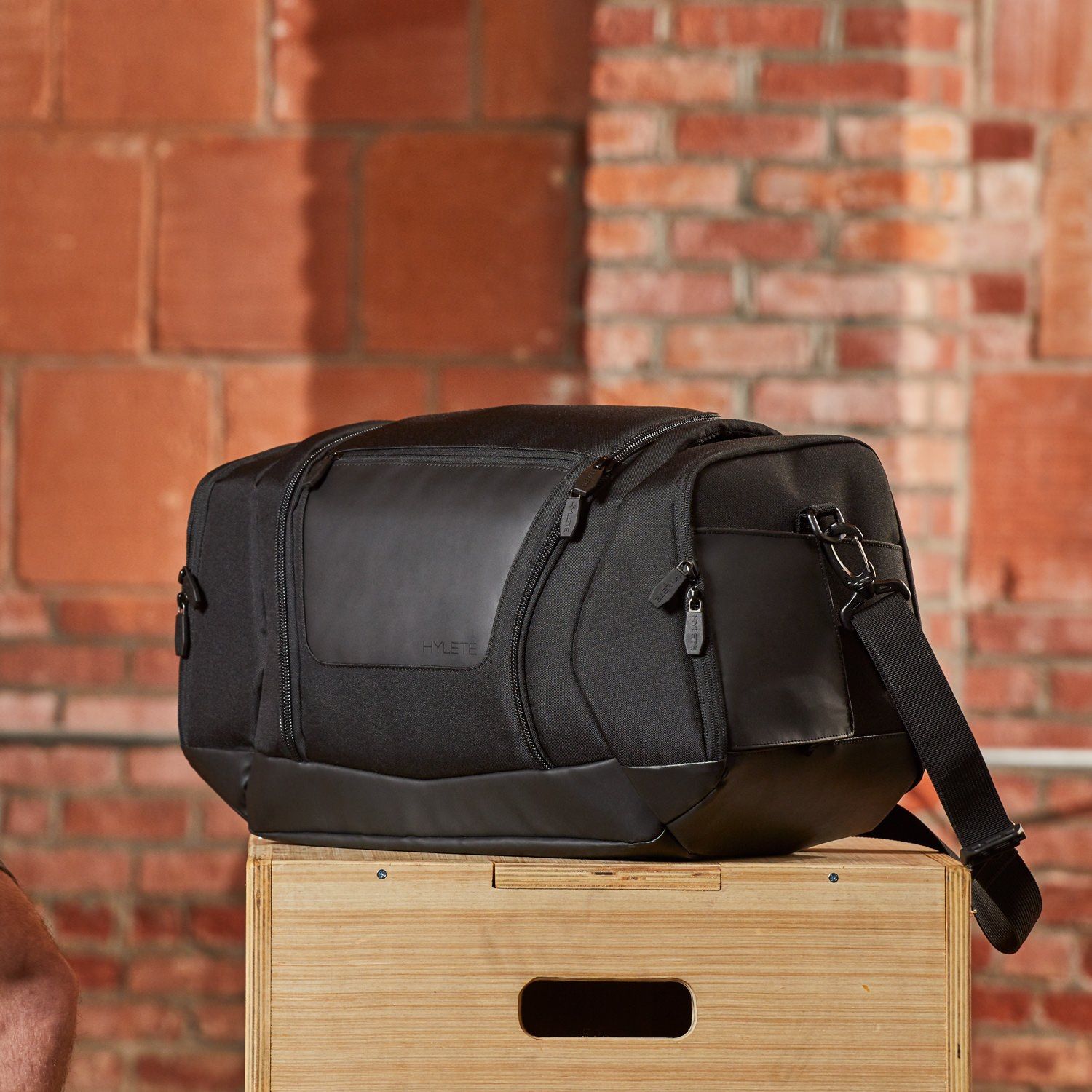

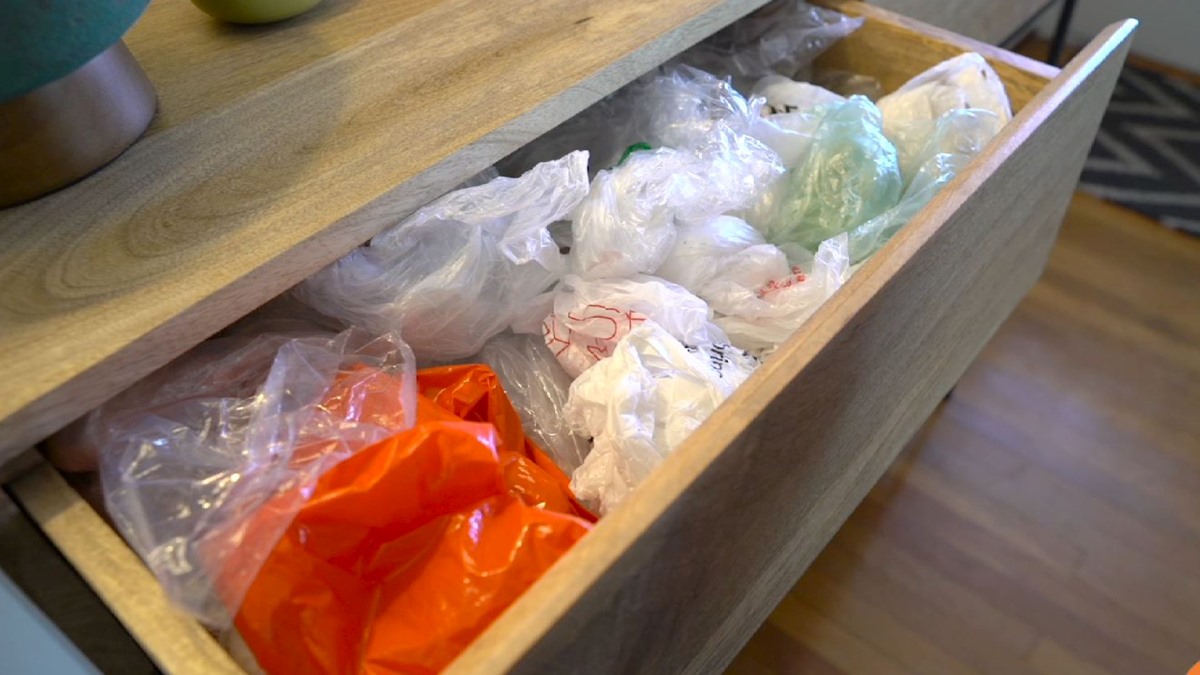



0 thoughts on “How To Store Travel Bags”